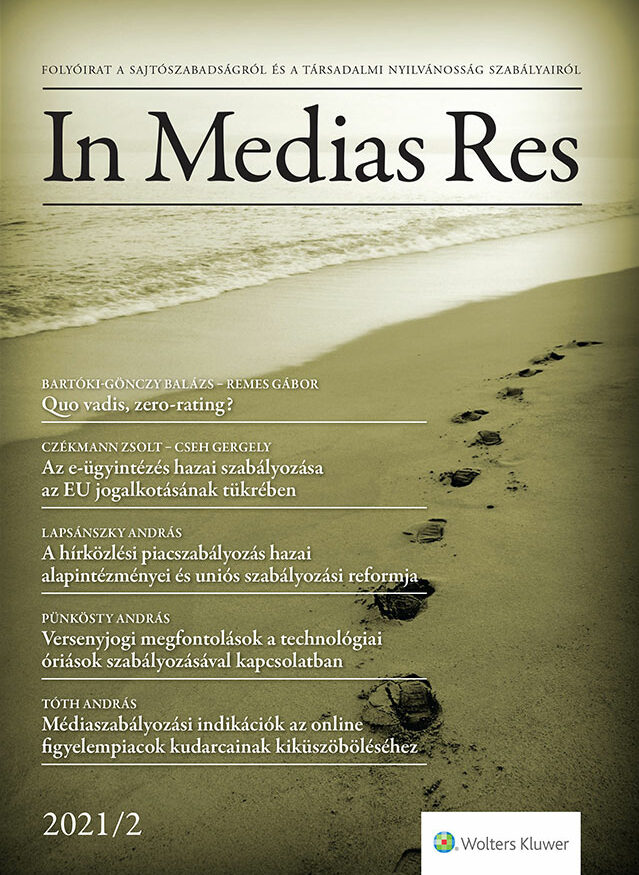Domestic regulation of e-government in the light of EU legislation
Keywords:
public administration, e-public administration, e-government, regulated electronic administration services, electronic public serviceAbstract
E-government and electronic communication have been part of the Hungarian legal system for more than two decades. This paper describes the process by which these legal institutions have been shaped and developed through domestic legislation, in the context of the European Union’s Information and Communications Technology and eGovernment policies. Since the Bangemann report in 1994, the European Union has given high priority to the development of e-public services and e-government, and this has placed a heavy burden on all Member States to implement the rules. In Hungary, too, the directed wayfinding started in the early 2000s, which, with some slowdowns, continues to this day. Two decades may not be a long time if we look at individual legal institutions, but in our case it is a dynamic period full of paradigm shifts that justifiably deserves academic interest. In our study, we have broken down domestic regulation into six distinct periods, in parallel with EU regulation.
Downloads
Published
How to Cite
Issue
Section
License
Copyright (c) 2021 Gergely Cseh, Zsolt Czékmann

This work is licensed under a Creative Commons Attribution 4.0 International License.


